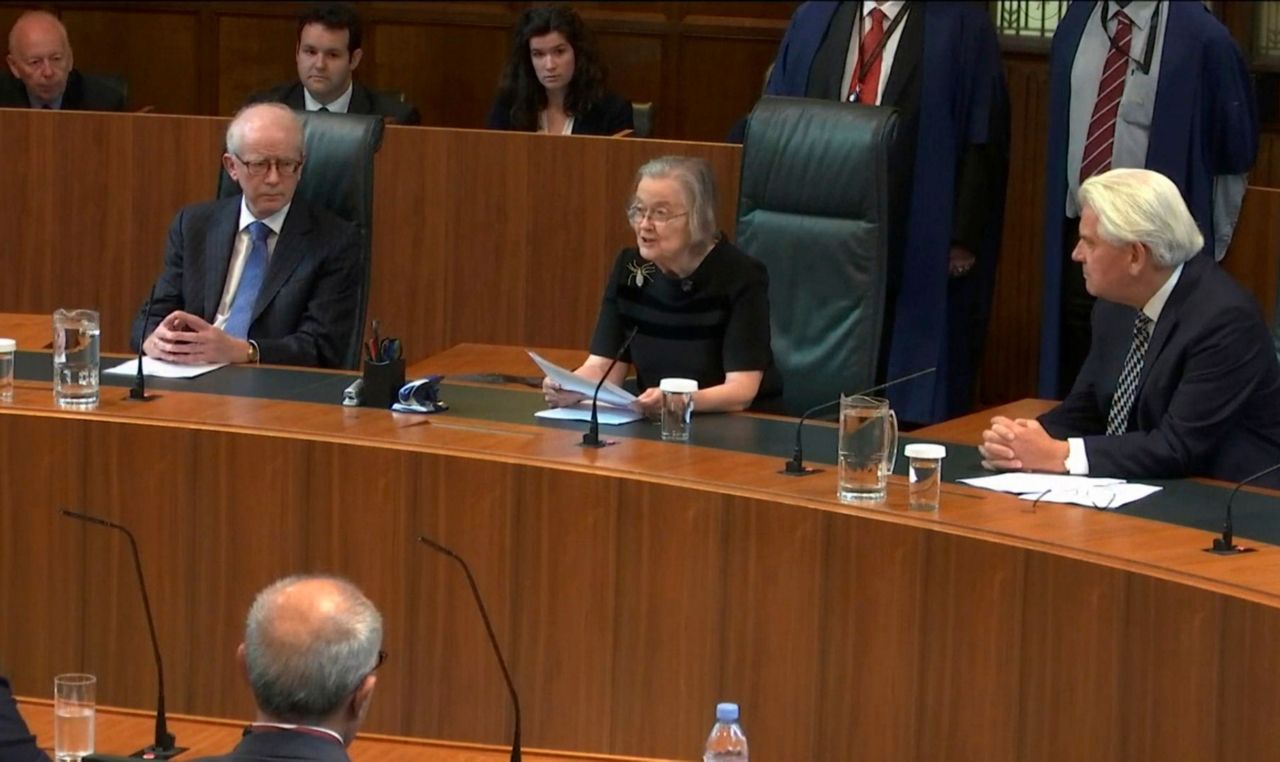LONDON (AP) — Britain's Supreme Court is set to rule Tuesday on whether Prime Minister Boris Johnson's five-week suspension of Parliament was legal. Here's how we got here.
July 24, 2019: Boris Johnson becomes prime minister after winning a party leadership contest to succeed Theresa May. He vows to leave the European Union on Oct. 31, with or without a deal.
Aug. 28: Johnson suspends Parliament for a five-week period ending Oct. 14. Queen Elizabeth II approves his request, as she is required to do under Britain's constitutional monarchy. He says it is a routine decision to set the stage for announcement of his new domestic agenda, but House of Commons Speaker John Bercow calls it a "constitutional outrage."
Aug. 29: Activist Gina Miller launches legal action against Johnson at the High Court in London. Her case is subsequently joined by former prime minister John Major and others.
Aug. 30: In a separate case, a judge in Scotland refuses to grant an emergency measure blocking the suspension of Parliament but schedules a full hearing at a later date.
Sept. 4: The Court of Session in Scotland rejects the bid to have the suspension declared unlawful.
Sept. 5: The High Court in London hears Miller's case against the suspension. Her lawyers argue the move was an "unlawful abuse of power" by the prime minister.
Sept. 6: The High Court in London rejects Miller's case. She vows to take it to the Supreme Court.
Sept. 11: The Inner House of the Court of Session in Scotland rules that the suspension was illegal and was intended to "stymie" Parliament ahead of the Brexit deadline.
Sept. 17: A three-day hearing on both cases begins at the Supreme Court, with 11 justices presiding.
Sept. 24: The Supreme Court rules unanimously that Johnson's decision to suspend Parliament was illegal.
Copyright 2019 The Associated Press. All rights reserved. This material may not be published, broadcast, rewritten or redistributed.




